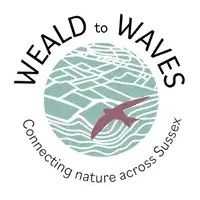Healthy Hedgerows
By Weald to Waves - 08 July 2024
Hedgerows in Sussex, as in many other parts of the UK, have experienced significant decline since the 1970s, with grave implications for biodiversity, carbon storage, and agricultural resilience. This decline, often referred to as "ghost hedgerows," marks areas where hedgerows once flourished but now are absent or severely degraded. These losses and deteriorations can be attributed to agricultural intensification, urban development, and inadequate management practices.
Hedgerows serve a critical role in maintaining biodiversity by providing habitats and corridors for wildlife, supporting a range of flora and fauna that might not thrive in more open environments. They are also significant carbon sinks, capturing atmospheric carbon dioxide and storing it in biomass and soils, thereby contributing to climate change mitigation. Moreover, hedgerows protect farmlands from erosion and damage caused by prevailing winds, reducing the physical stress on crops and soil.
Hedgerows not only provide individual benefits on the lands where they exist but also serve as vital ecological corridors across landscapes, connecting biodiverse areas in a linear fashion. In Sussex, they are integral components of the larger Weald to Waves corridor, creating essential links between habitats and allowing species to move and disperse across a fragmented landscape. By enhancing hedgerow connectivity, we bolster the resilience and continuity of local ecosystems.
The current state of many hedgerows, however, undermines these benefits. Overgrown, gappy, and poorly maintained hedgerows fail to provide adequate cover and connectivity for wildlife, and their reduced biomass impacts their effectiveness in carbon storage. Thinner hedges represent missed opportunities both ecologically and economically.
Addressing this issue requires a strategic approach to restoration and management. Recent advancements, such as the new maps developed by the UK Centre for Ecology & Hydrology (UKCEH), offer detailed insights into the current state of hedgerows across the UK, including Sussex. These tools can help identify areas where hedgerow restoration or replacement is most needed, allowing for targeted conservation efforts.
For farms and land managers looking to identify and capitalise on these opportunities, the LandApp provides an invaluable resource. The Wild Edges tool on LandApp allows landowners to pinpoint potential areas for hedgerow enhancement and pledge land as part of the Weald to Waves corridor. Through this platform, managers can integrate Wild Edges into their land management plans, strategically enhancing the ecological value of their properties while contributing to broader conservation goals. These areas, often teeming with wildlife, can significantly enhance biodiversity without notably impacting agricultural efficiency. Wild edges can serve as buffers and transitional zones, increasing ecological richness and stability on farmlands.
Financial incentives and support are also crucial for encouraging hedgerow restoration. The MoreHedges scheme, for instance, provides funding to farmers and other land managers for new hedgerow planting. Similarly, the Countryside Stewardship scheme offers financial incentives for both creating and managing hedgerows, emphasizing practices that enhance their ecological condition and connectivity.
For those interested in planting or restoring hedgerows, choosing the right mix of native species is essential for maximizing ecological benefits. A typical Sussex hedgerow might include a variety of species such as:
- Hawthorn (Crataegus monogyna) - Provides dense foliage and flowers beneficial to insects and birds.
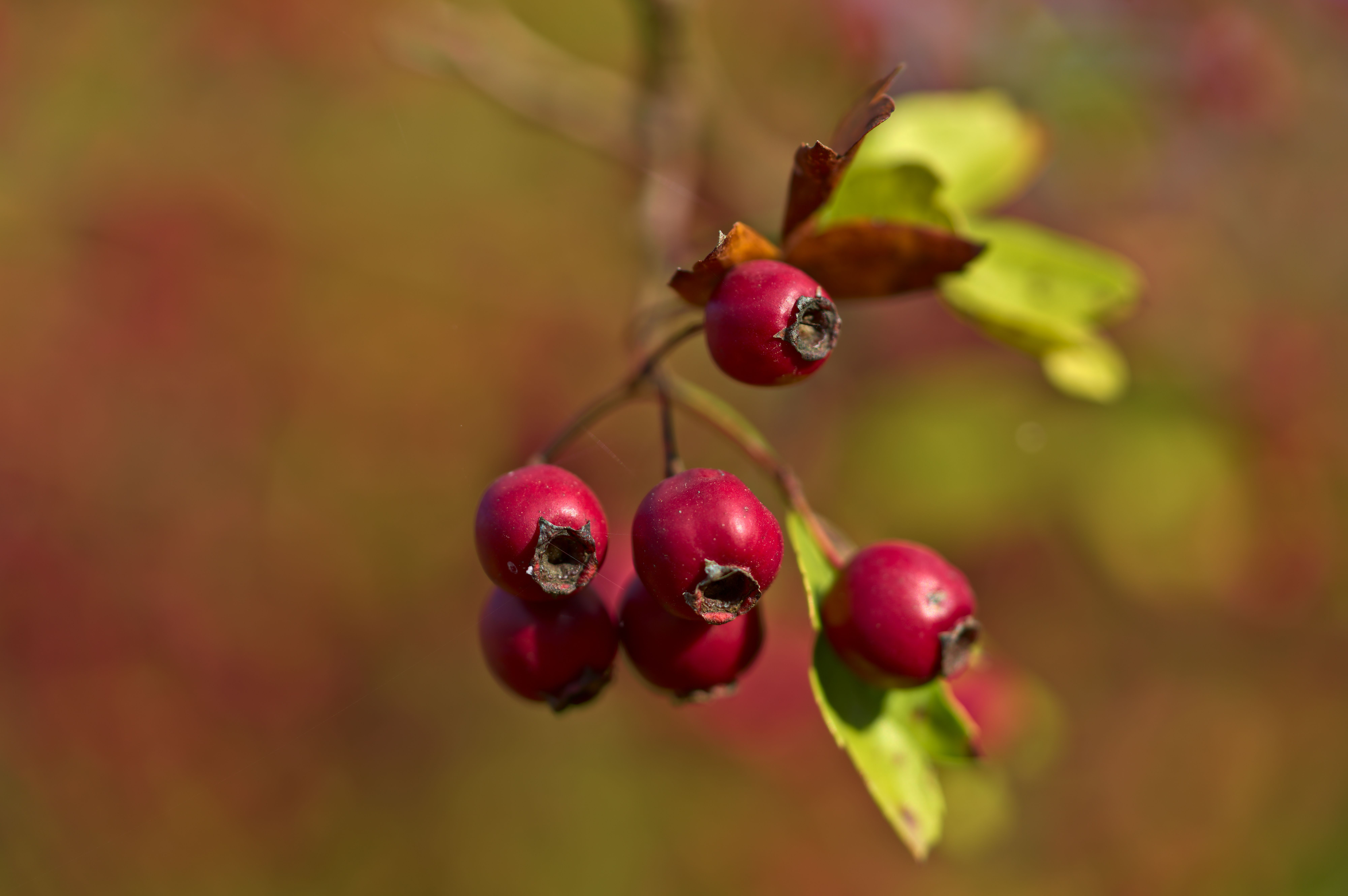 Peter Stenzel/Hawthorn/CC BY-ND 2.0
Peter Stenzel/Hawthorn/CC BY-ND 2.0
- Blackthorn (Prunus spinosa) - Known for its early flowering, which supports pollinators.
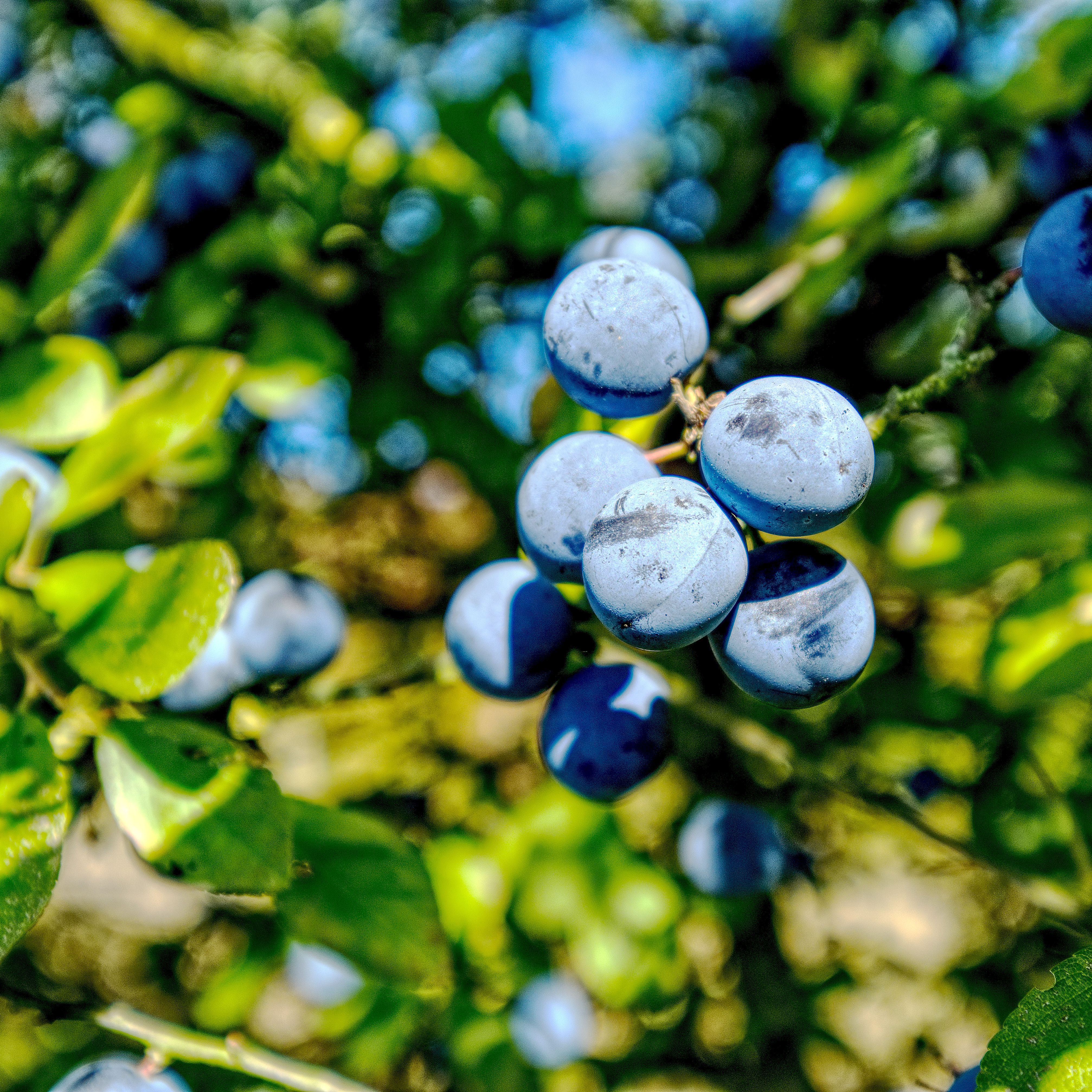 Johan Neven/Blackthorn/CC BY 2.0
Johan Neven/Blackthorn/CC BY 2.0
- Hazel (Corylus avellana) - Produces nuts and supports a variety of wildlife.
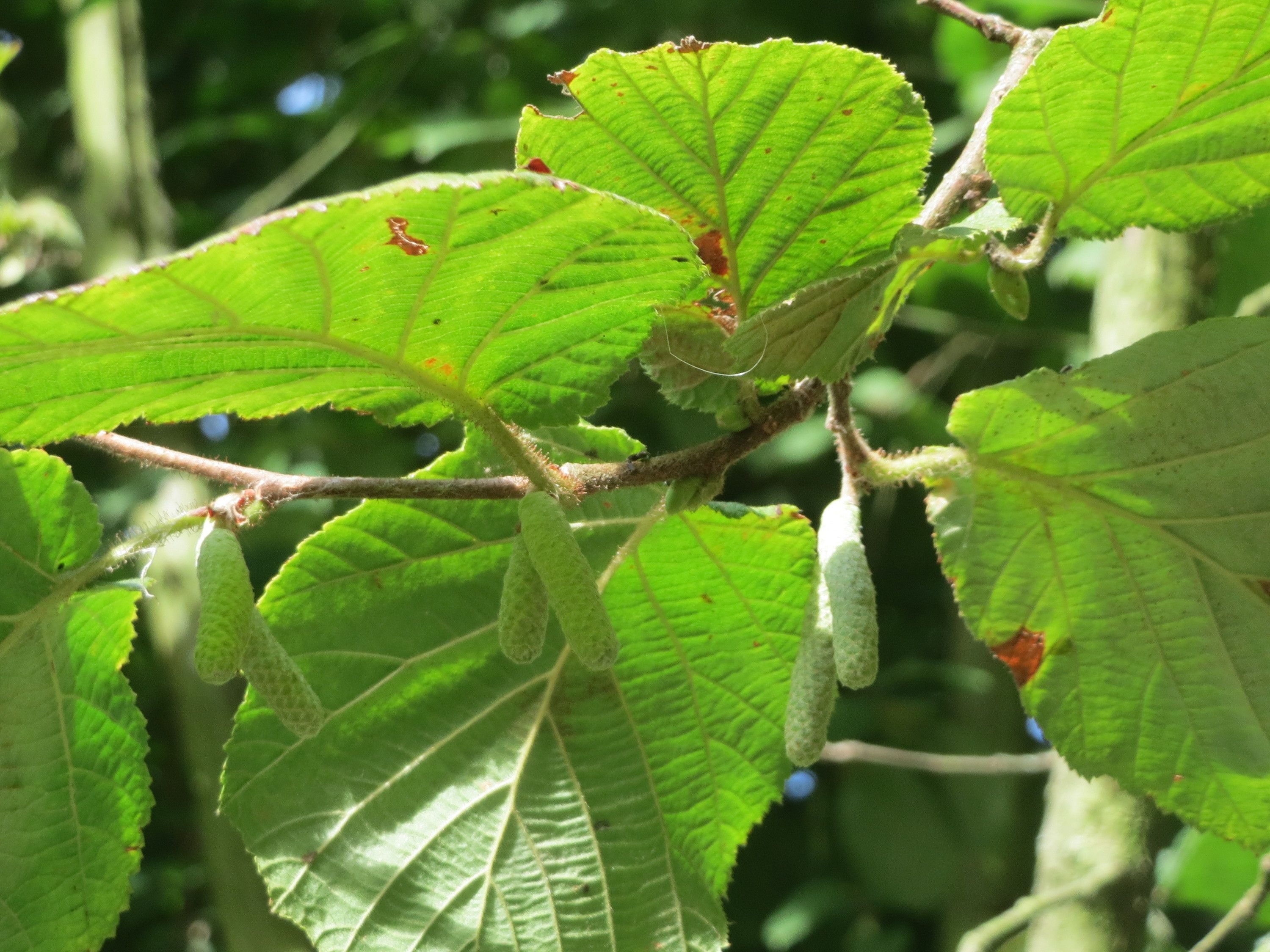 Andreas Rockstein/Corylus avellana/CC BY 2.0
Andreas Rockstein/Corylus avellana/CC BY 2.0
- Dog Rose (Rosa canina) - Adds floral diversity and produces hips that many bird species eat.
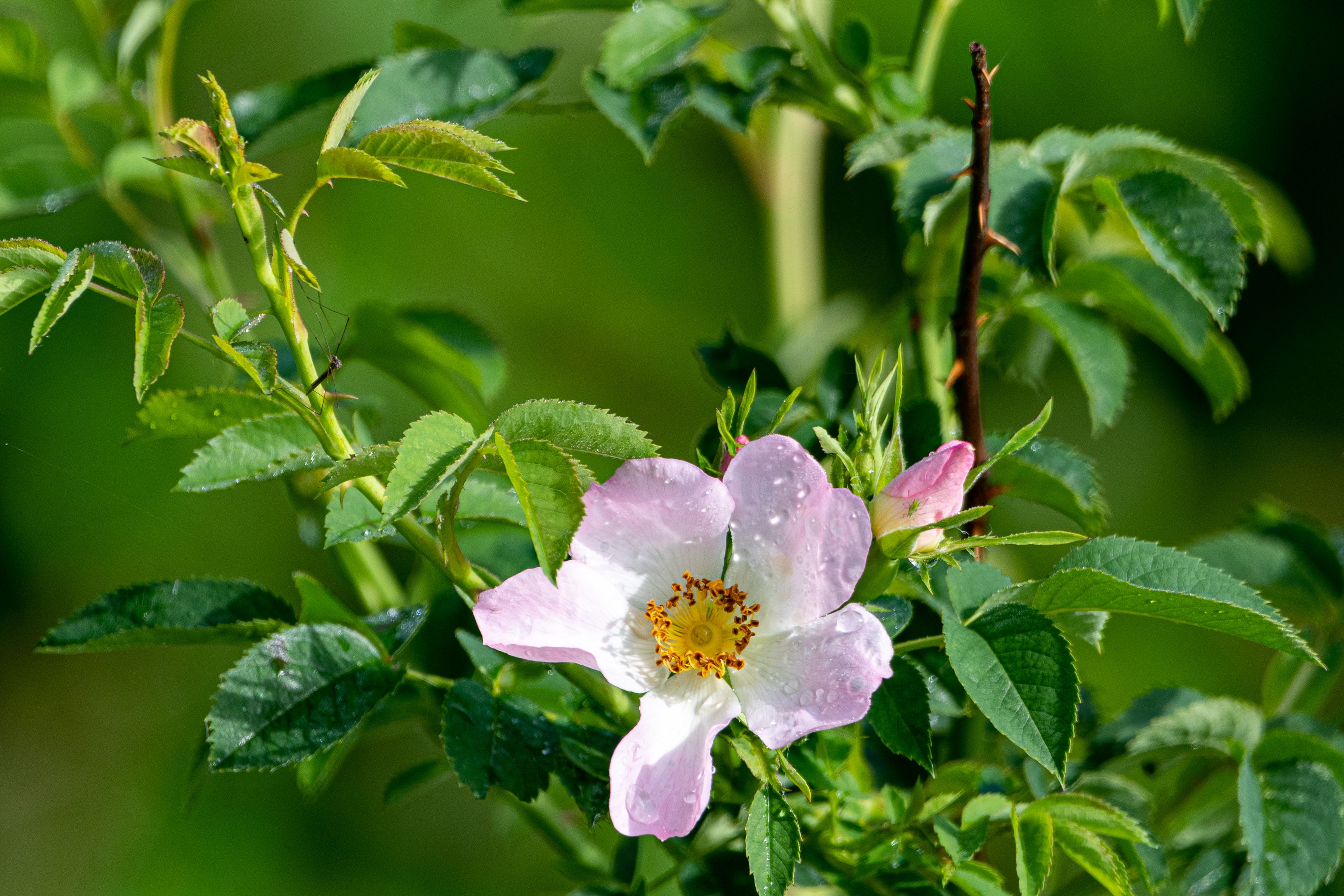 Matjaž Mirt/Rosa canina/CC BY 2.0
Matjaž Mirt/Rosa canina/CC BY 2.0
By selecting a diversity of plants, landowners can create robust, resilient hedgerows that provide significant ecological benefits, promote biodiversity, and enhance the scenic beauty of the Sussex countryside.
The People's Trust for Endangered Species is working on a nationwide hedgerow survey that we are planning to roll out across the corridor. Their approach has been used to survey over 888 km of hedgerows to date. The survey provides a health-check to assess the condition of each hedgerow and offer tailored management advice.
Image Source: jidanchaomian/CC BY-SA 2.0

